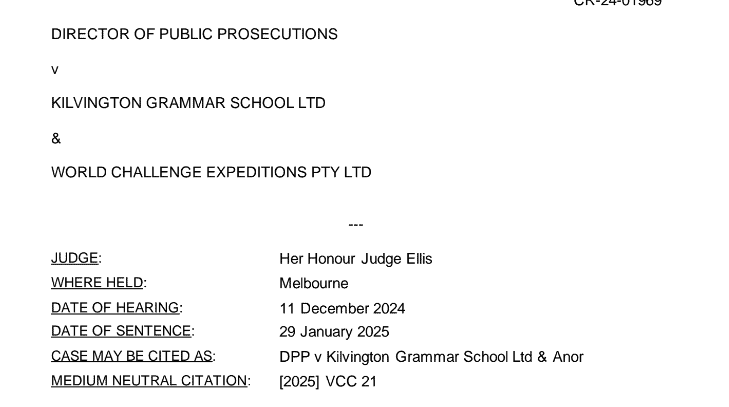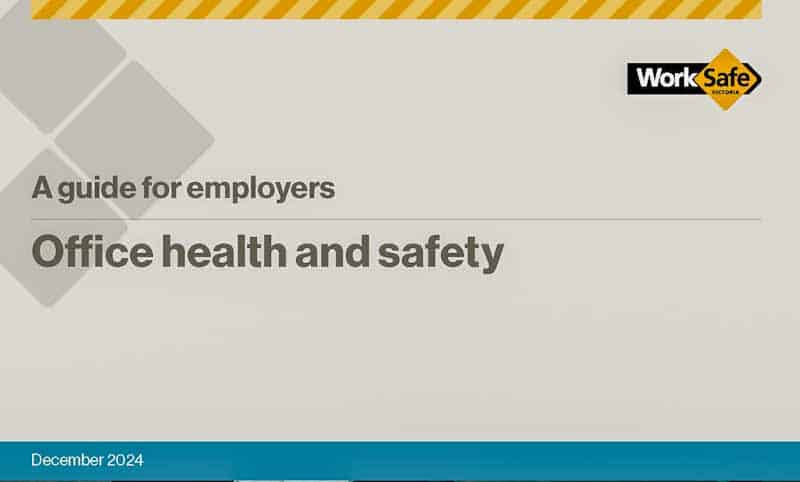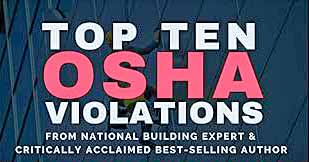The most common question occupational health and safety (OHS) consultants receive from clients is, “Do I comply with the law?” This request is telling because the client starts from a legal rather than a safety base. This is not surprising, as OHS commentary is dominated by lawyers whose focus is on minimizing their clients’ exposure to prosecution.
Category: OHS
Amazon’s OHS risks and practices revealed
The political upheavals in the United States and the changes to corporate ideologies are concerning, primarily because of the potential infection of other nations. Businesses are not as globally connected as much of the media coverage implies. Still, Australian businesses watch the actions of global companies, and Amazon has been prominent in workplace and occupational health and safety (OHS) practices.
Recently, the US Senate Labor Committee released a damning report into Amazon’s high workplace injury rates, which includes important information for similar industries in local jurisdictions.
Work Health and Safety through a new perspective
2025 has started with a flurry of blog activity and more than a flurry of political change in the United States. It is easy to become distracted by those changes, but a refocus on local issues, new thoughts, perspectives, and new books may generate a balance of sanity. Here is a taste of one book that I have not had time to read entirely but that has potential.
Is this another case of minimal deterrence?
In January 2025, Kilvington Grammar was fined over $100,000 for breaches of occupational health and safety (OHS) laws related to the death of one of its students, 16-year-old diabetic Lachlan Cook, who was on an overseas school trip. The best source of publicly available reports on this case appears to be the Australian Broadcasting Corporation. This article does not discuss the incident but focuses on the sentencing decisions and their relevance to OHS.
Handy and organisational culture
Charles Handy died in December 2024. He was a prominent author on organisational behaviour and business management and was recognised as a major thinker. It is fair to describe him as a pre-Internet influencer. His ideas never went away, but they faded under the neoliberal onslaught. With the decline of that ideology, Handy’s approach to organisational culture deserves a reread.
Continue reading “Handy and organisational culture”The most recent guidance on office safety, including psych safety and working from home
In December 2024, WorkSafe Victoria released “Office Health and Safety – A Guide for Employers“. Sadly, it seems to have (half) dumped the Officewise brand. If WorkSafe had kept it, the guide would have been part of an illustrious history stretching to the last century when the first edition was published in 1995. The new guide has some interesting advice on occupational health and safety (OHS) issues related to working from home, but workplace mental health seems more prominent than in earlier editions.
A cheap introduction to regulatory risks
There is a curious set of self-published safety-related books by Lance Luke. They seem to feature on Amazon, so I purchased one to satisfy my curiosity. “Top Ten OSHA Violations” is a thin, low-cost book that is little more than one may see in an occupational health and safety (OHS) convention – snappy, click-bait title, minimal explanation and several case studies. This is not a book regarding any evidence beyond the extensive lived experience of the author. So what are the top 10?
Continue reading “A cheap introduction to regulatory risks”






